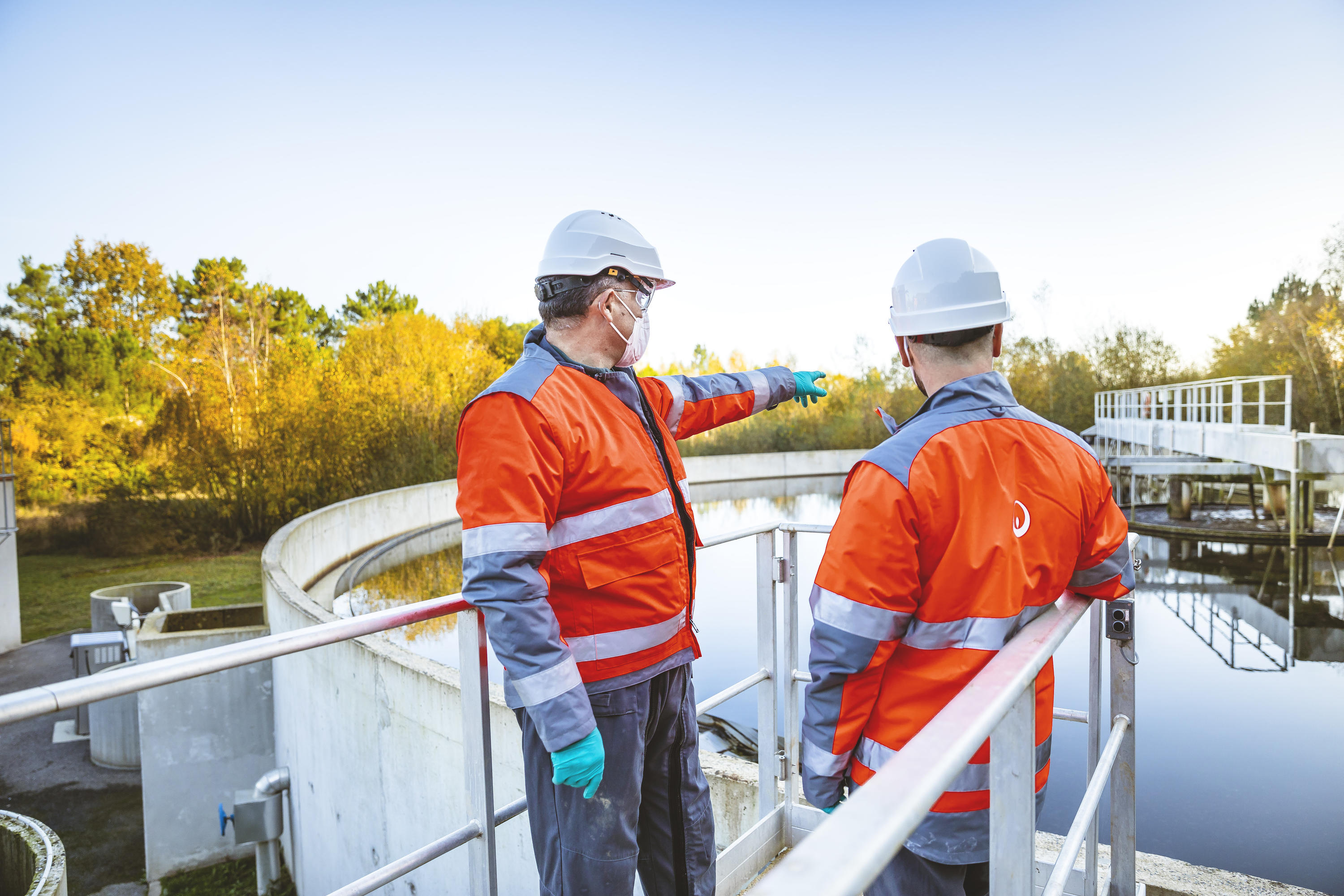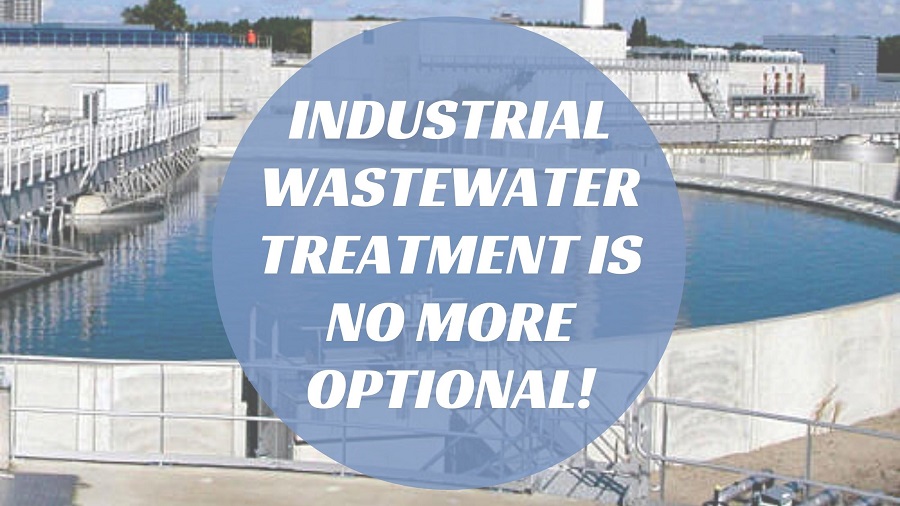Industrial Waste Water Treatment-- Industrial-Grade Water Filtration and Purification Solutions
Challenges and Solutions in Hazardous Waste Water Treatment
The therapy of commercial wastewater presents a diverse selection of challenges, ranging from rigid regulatory compliance to the complexities of price monitoring and technological constraints. The variability in waste structure better complicates the effectiveness of standard therapy approaches, commonly resulting in escalated operational expenditures. Arising solutions such as advanced oxidation processes and innovative financing versions reveal assurance in attending to these issues. As industries grapple with the need for lasting techniques, the inquiry remains: what techniques will ultimately lead to a balance between conformity, cost-efficiency, and ecological obligation?
Regulatory Compliance Obstacles
Just how can industrial facilities browse the complex landscape of governing conformity in wastewater treatment? The governing framework governing wastewater administration is multifaceted, usually varying by territory and kind of market.
To effectively handle these conformity challenges, centers need to execute durable surveillance and reporting systems that guarantee real-time information collection and evaluation. Regular audits and danger analyses can recognize potential conformity gaps, enabling for aggressive adjustments in treatment processes. Worker training programs concentrating on regulative expertise and best practices are vital to cultivate a society of compliance within the company.
Furthermore, involving with regulative firms can offer beneficial insights and clarify unclear laws. Facilities might also take advantage of speaking with environmental professionals that focus on wastewater therapy compliance, making sure that they remain abreast of progressing laws. By adopting these methods, commercial facilities can not only satisfy conformity requirements yet likewise boost their operational efficiency and environmental stewardship.
Price and Financial Barriers
Navigating regulative conformity in wastewater therapy often provides considerable economic challenges for industrial centers. The prices related to executing required therapy modern technologies, keeping compliance with rigid laws, and managing operational expenses can be daunting. Numerous organizations face high initial capital expenditures for the building or upgrading of wastewater treatment plants, which may strain budget plans, specifically for tiny and medium-sized ventures.
Furthermore, ongoing operational costs, consisting of labor, upkeep, and chemical inputs, add to the economic burden. The changability of rising and fall power rates and the prospective requirement for extra investments to fulfill developing regulations intensify these economic pressures. In numerous situations, the lack of financial incentives or assistance from government bodies makes it much more tough for companies to validate investments in innovative therapy systems.
Furthermore, the economic stability of wastewater treatment solutions is frequently questioned, specifically for markets with tight earnings margins. It is important for industrial centers to explore economical strategies, such as adopting ingenious financing alternatives, engaging in collaborations, and leveraging arising innovations that can aid reduce these economic obstacles while ensuring compliance with ecological standards.

Technological Limitations
Many technological limitations impede the performance of industrial wastewater therapy processes. One significant obstacle is the inadequacy of existing therapy technologies to resolve complex impurities.
Additionally, the scalability of therapy technologies positions an obstacle. website here While some innovative their explanation approaches, like membrane filtering or innovative oxidation, reveal pledge in controlled settings, their implementation on a bigger range can be technically challenging and prohibitively expensive. Upkeep and operational complexities better make complex the adoption of these systems, specifically for smaller sized industries with restricted technological know-how.
The assimilation of real-time monitoring technologies likewise continues to be insufficient in numerous treatment facilities. Without reliable surveillance systems, drivers can not properly evaluate therapy effectiveness or identify prospective failings, leading to inconsistent effluent quality. Addressing these technological limitations through study and growth, along with financial investment in ingenious services, is important for improving the efficacy of industrial wastewater therapy and making sure regulative compliance.
Variability in Waste Make-up
In the world of industrial wastewater treatment, the irregularity in waste make-up provides a formidable challenge. Industries create wastewater with diverse characteristics, influenced by variables such as manufacturing processes, resources, and functional practices. This diversification makes complex the therapy process, as standard systems commonly have a hard time to effectively resolve the large range of toxins present.
For instance, wastewater from food handling may contain high degrees of organic issue, while effluents from chemical manufacturing can include unsafe materials and heavy steels. This variation demands versatile treatment approaches to ensure compliance with environmental policies and protect public health and wellness. In addition, fluctuations in waste make-up can occur in time, affected by modifications in production schedules, maintenance tasks, or the introduction of brand-new items.

Cutting-edge Treatment Solutions
Cutting-edge treatment options are important for resolving the complexities of commercial wastewater management. Standard methods typically drop short in successfully removing a large range of pollutants, particularly in facilities with varied effluent streams. Current developments concentrate on incorporating cutting-edge innovations to boost treatment effectiveness and sustainability.
One encouraging approach is using sophisticated oxidation procedures (AOPs), which leverage powerful oxidants to deteriorate natural toxins. AOPs, including photocatalysis and ozonation, can dramatically decrease poisonous substances and improve effluent high quality. Furthermore, membrane bioreactor (MBR) technology has acquired traction, integrating organic therapy with membrane layer purification, resulting in top notch effluent and lowered impact.
An additional innovative solution is the implementation of resource recovery systems. Techniques like anaerobic digestion not only deal with wastewater yet additionally generate biogas, which can be harnessed as a renewable power resource. The fostering of fabricated knowledge and device knowing models can maximize therapy procedures by anticipating variations in wastewater make-up, consequently improving operational performance.
These cutting-edge options not only address governing conformity however also advertise environmental sustainability, paving the means for a much more resilient and reliable commercial environment.
Final Thought
In final thought, addressing the challenges of industrial wastewater therapy calls for a complex approach that integrates regulative compliance, expense administration, and technological advancements. A dedication to continuous enhancement in therapy techniques will inevitably add to the efficient monitoring of industrial wastewater and environmental security.
The treatment of industrial wastewater presents a multifaceted range of obstacles, ranging from strict regulative compliance to the complexities of cost management and technical constraints. Industrial Waste Water Treatment.Browsing governing conformity in wastewater therapy usually offers substantial economic obstacles for industrial facilities. Dealing with these technological limitations via study and growth, together with investment in innovative solutions, is critical for boosting the effectiveness of industrial wastewater therapy and guaranteeing governing conformity
Wastewater therapy centers have to spend in robust monitoring systems and adaptable treatment technologies qualified of fitting differing influent features.In final thought, dealing with the obstacles of industrial wastewater treatment requires a diverse method that incorporates regulative compliance, expense management, and technical developments.